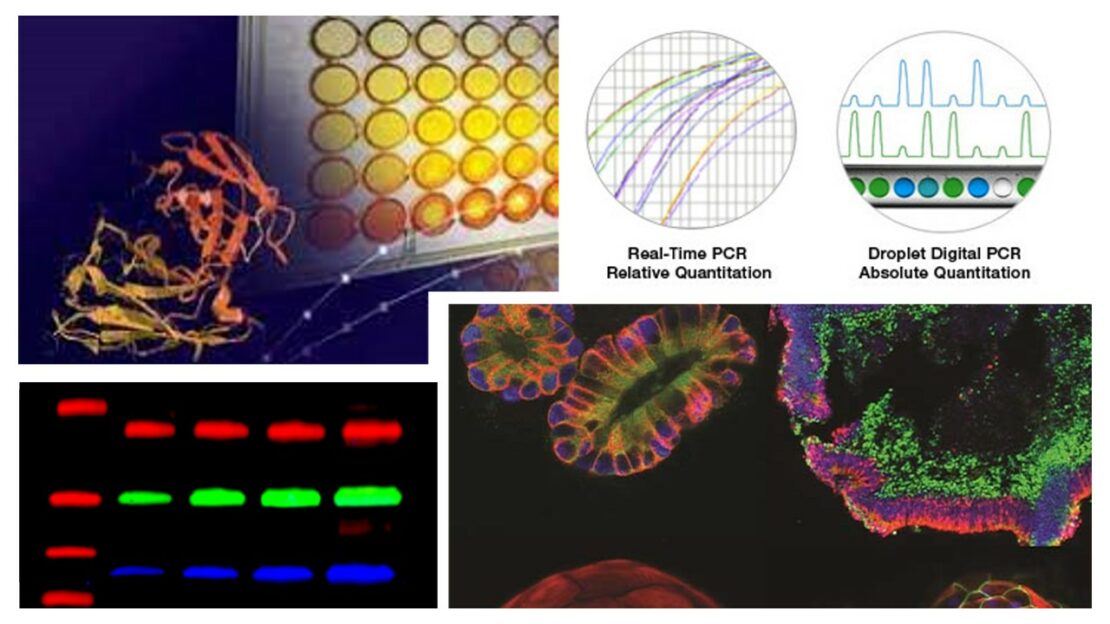
Location: Istituto di BioRobotica – Scuola Superiore Sant’Anna,
Area della Ricerca del CNR, Pisa, Via G. Moruzzi, 1 – 56124 PI
Lab head: Prof. Debora Angeloni
Contact: ivana.barravecchia@santannapisa.it,
Lab Team
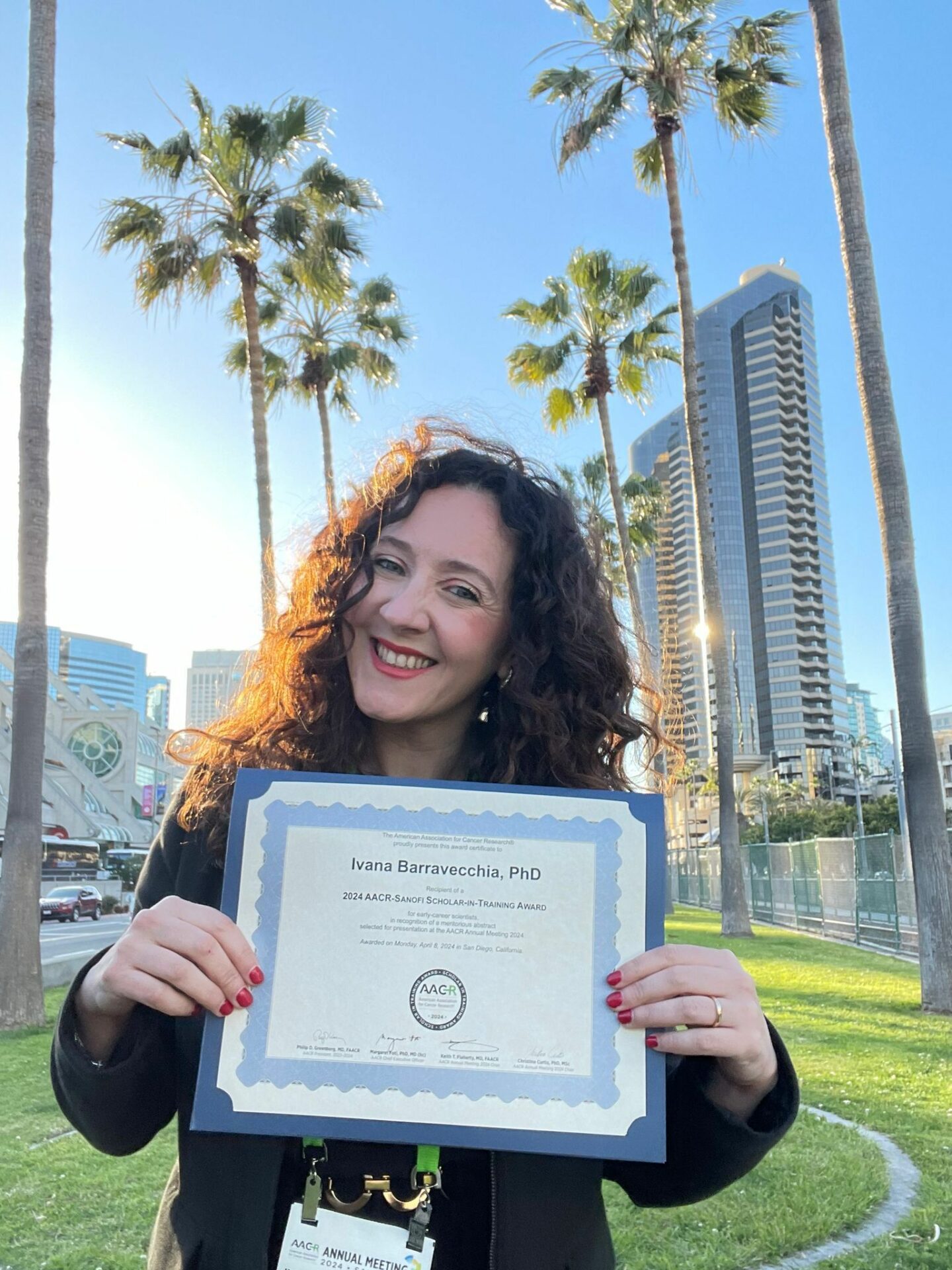
Ivana Barravecchia
Lab Manager
Istituto di Biorobotica
CELLMO Lab Mission
The CELLMO Laboratory is a specialized facility dedicated to the comprehensive genotypic and phenotypic characterization of small animal models, cellular models, organoids, and organ-on-chip systems. It enables the quantification of proteomic, genomic, and transcriptomic markers, and operates also at the single-cell level. Furthermore, the CELLMO Lab possesses the technical expertise to generate organoids and organ-on-chip models using induced pluripotent stem cell (iPSC) technology, with the aim of replacing, reducing, and refining the use of animal models. To support these efforts, the lab is equipped with state-of-the-art instrumentation for the analysis of nucleic acids and proteins, as well as for maintaining cell culture systems.
Devices
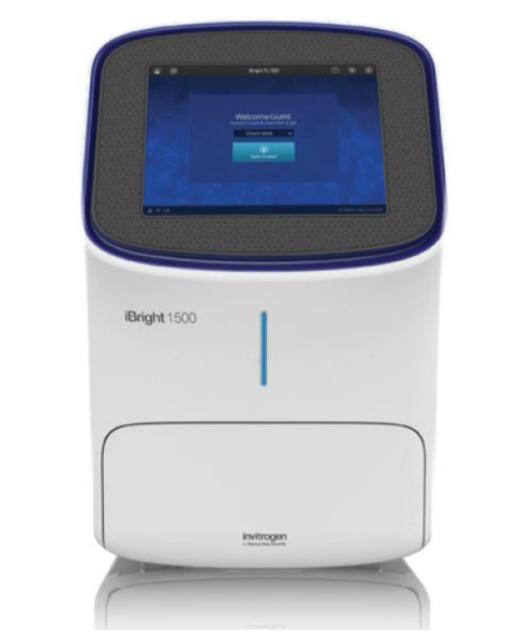
Invitrogen iBrightTM FL1500 Imaging System
Designed for precision, the iBright™ FL1500 utilizes a mechanical sample alignment system to ensure accurate image acquisition and reliable densitometric measurements. It enables high-quality imaging of gel/membrane-bound proteins and nucleic acids through chemiluminescent, fluorescent, and colorimetric detection. The system incorporates a green LED transilluminator, offering a safer alternative to traditional UV lamps. With the ability to simultaneously detect up to four fluorophores, it enhances image sensitivity and dynamic range, delivering dependable quantitative analysis.
Data sheet (IT): download
Data sheet (EN): download
Note: First-time users need training from a dedicated technologist.
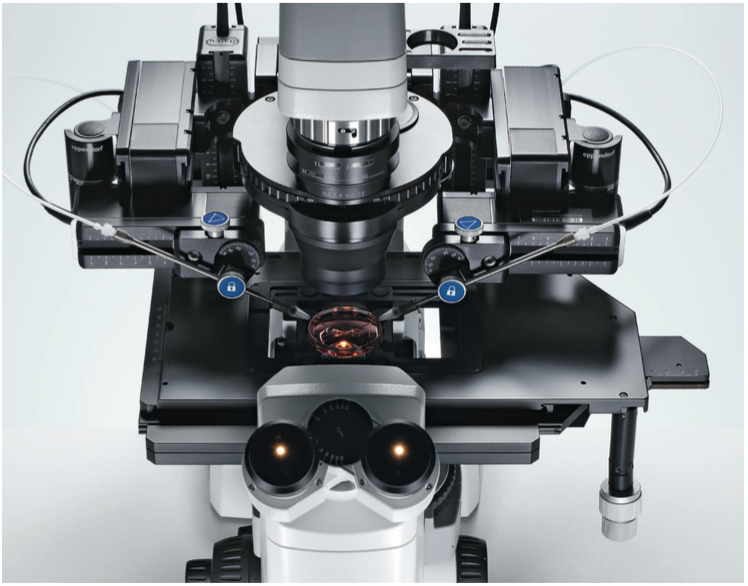
Eppendorf TransferMan 4r
The TransferMan 4r Micromanipulator sets the industry standard for precision and ease of use in the field of micromanipulation of the capillary. Designed with ergonomics and innovative technology, it is perfectly suited for manipulating both adherent and suspension cells. Additionally, it is a fundamental instrument in tasks that require a very fine movement (nanometric scale) such as manipulating organoids or application of intracytoplasmic sperm injection (ICSI) procedures for in vitro fertilization procedures to create animal models of disease.
Key Features:
- DualSpeed™ Joystick: It enables precise, instantaneous control and positioning with two selectable speeds for versatile manipulation.
- Ergonomic Control Panel: Designed for fatigue-free operation during extended use,
- Automated Capillary and Sample Change: It features a home function for quick, easy capillary and sample swaps.
- Advanced Functionality: Allows programming and selection of additional functions, such as storing up to five positions, setting limits, and adjusting Y-off.
Data sheet: download
Note: Using the instrument requires the presence of a dedicated technologist
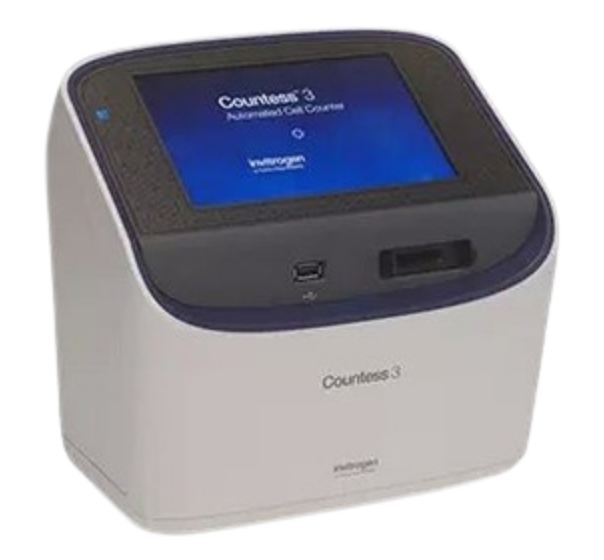
CountessTM 3 Automated Cell Counter AMQAX2000
Benchtop automated cell counter equipped with machine learning algorithms that eliminate the subjectivity of manual cell counting, measure live and dead cells, assess cell viability, and provide average cell size. It has a measurement range of 1 × 10⁴ to 1 × 10⁷ cells/mL, which is broader than that of a traditional hemocytomete
Data sheet (IT): download
Data sheet (EN): download
Note: First-time users need training from a dedicated technologist.
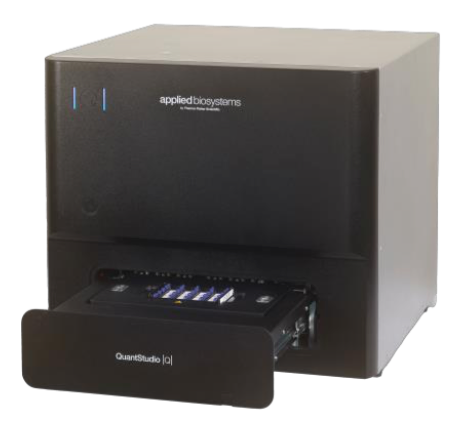
Absolute Q Digital PCR System – SKU A53267
Absolute Q Digital PCR System is a cutting-edge platform for absolute quantification of nucleic acids, offering a precise alternative to conventional real-time quantitative PCR. It works by partitioning DNA or RNA samples into numerous parallel micro-reactions, where positive and negative wells indicate the presence or absence of target molecules. dPCR is highly flexible and can be used for absolute quantification of gene target, genotyping, rare mutation detection, copy number variation, gene expression, pathogen detection, viral load quantification, environmental contamination analysis
Data sheet (IT): download
Data sheet (EN): download
Note: Users need training from a dedicated technologist
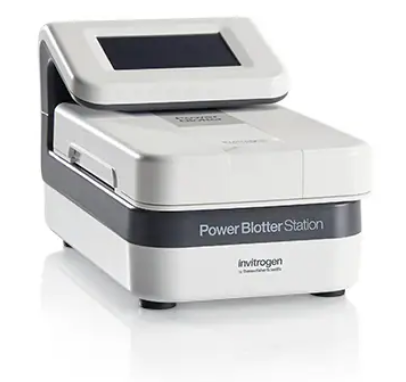
Invitrogen Power Blotter XL
The Invitrogen™ Power Blotter System is a self-contained blotting unit with an integrated power supply, designed for the fast, semi-dry blotting of proteins. This system simplifies protein transfer, offering an efficient and user-friendly solution for researchers. The Power Blotter system is streamlined with only a few key parts to manage, ensuring ease of use and reliable results.
Key Components:
Power Blotter Station:
The base unit that houses the touchscreen controls and provides power to the cassette when the two parts are connected.
Blotting Surface (Anode):
The platinum-coated anode area where the membranes and filters, containing the gel, are placed for blotting.
Lid (Cathode):
The lid of the Power Blotter cassette serves as the stainless steel cathode. When the lid is closed, the cathode exerts even pressure on the stack, ensuring consistent and uniform results.
Data sheet (IT): download
Data sheet (EN): download
Note: First-time users need training from a dedicated technologist.
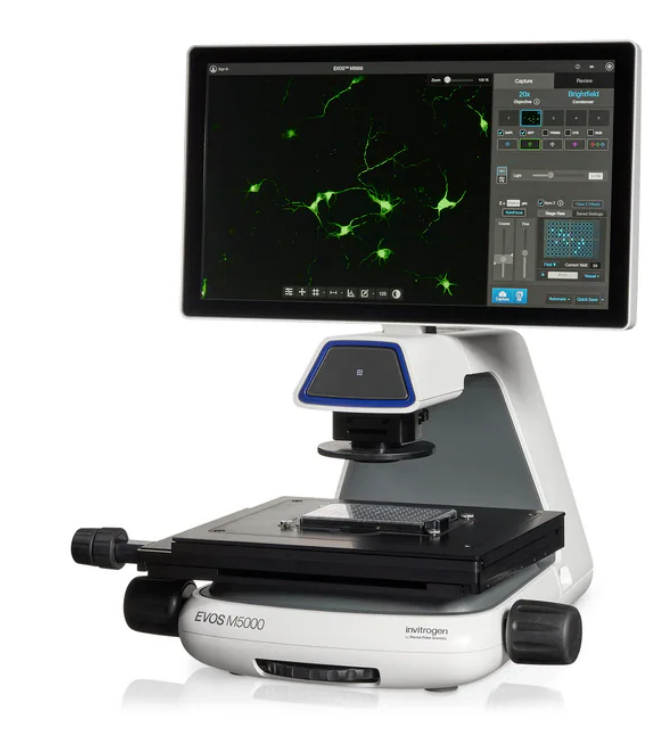
EVOS M5000 Imaging System – AMF5000
It is an advanced inverted digital microscope for transmitted light and fluorescence imaging. The microscope supports cell visualization in Petri dishes, multi-well plates, flasks, slides, and similar formats. Due to its compact size, light weight, and foldable monitor, the system can be easily placed inside a laminar flow hood, making it an invaluable tool for the analysis of samples that need long incubation time, such as iPSC colonies, organoids, etc. Key software features include focus control, overlay of fluorescent and brightfield images, time-lapse experiment programming, Z-stack imaging, advanced cell counting and transfection efficiency analysis
Data sheet (IT): download
Data sheet (EN): download
Note: Users need training from a dedicated technologist.

ZEISS Axio Observer
This is an inverted epi-fluorescence microscope equipped with:
- Stage Top Incubators, useful for the cell live imaging
- Apochromatic objectives
- Analysis software with multiple functions (FREP, FRET)
- High performance piezoelectric Z stack for 3D analysis
- Best performing camera with FPS of 73, very high resolution, Pixel size: 4.5 μm x 4.5 μm Chip size: 14.5 mm x 9.9 mm, equivalent to 1.1″
Data sheet: download
Note: Users need training from a dedicated technologist.

VarioskanTM LUX
The Varioskan LUX is a high-performance multi-mode plate reader with quadruple monochromators and filters, capable of reading plates from 6 to 1536 wells, as well as cuvettes. It supports endpoint and kinetic readings for absorbance (200-1000nm), top fluorescence (including FRET), and luminescence. The instrument is controlled by the SkanIt software, which allows for easy customization and includes numerous calculation and statistical tools. The CELLMO laboratory version includes monochromators for endpoint readings and scans in the following modes:
- Luminescence (including flash and glow endpoint, scanning, filtered, and BRET).
- UV-Vis Absorbance (and Turbidimetry) in the range of 200-1000 nm,
- Top Fluorescence (including FRET) in the range of 200-840 nm,
Data sheet (EN): download
Data sheet (IT): download
Note: Users need training from a dedicated technologist.
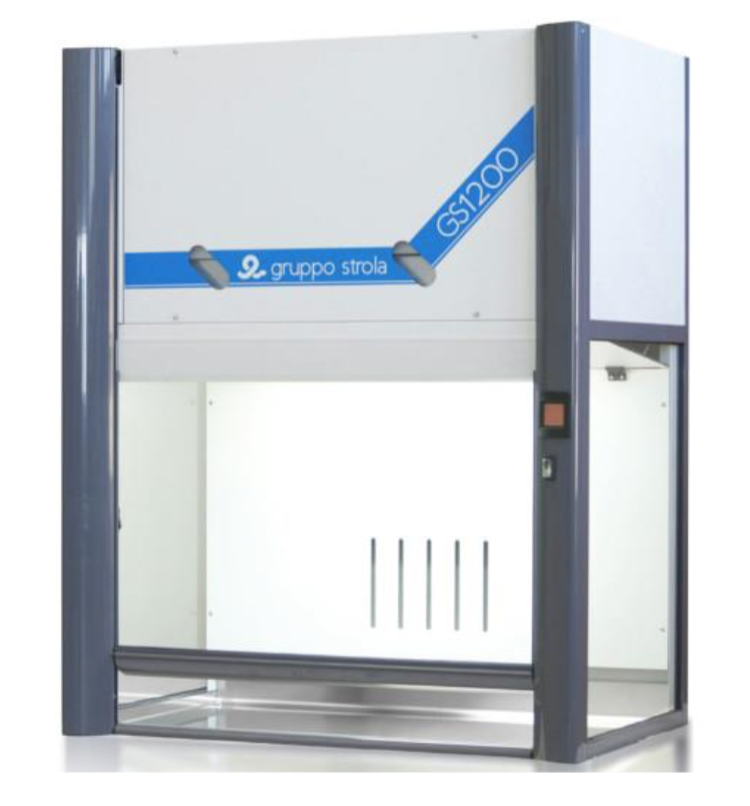
Stand-alone chemical hood GS 800/1200 mm
Stand-alone molecular filtration fume hood for protecting personnel from harmful volatile chemicals. This hood provides complete protection for workers without the construction and energy demands of complex ventilation systems for air exhaust thanks to a molecular multilayer filtration system. Technical Features:
- Dynamic seal aspiration/filtration system ensuring no leakage
- High containment factor ensured by specially designed aerodynamics, verified according to strict international standards
- High-efficiency activated carbon filtration system, certified to BS7989 and/or HEPA filter with H14 efficiency (99.995% @ 0.3 μm – Ref. EN1822:2009)
- Pre-filtration with M6 class dust filter to prevent premature saturation of main filtration units
Data sheet: download
Note: Users need training from a dedicated technologist.
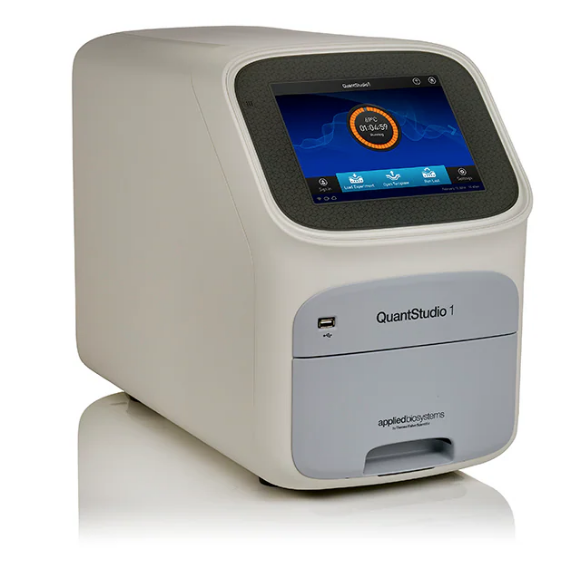
QuantiStudio1 qRT PCR System Thermo Fisher
Quanti studio 1 1 Real-Time PCR System uses fluorescence-based polymerase chain reaction (PCR) reagents to perform the following types of tests:
- Quantitative detection of target nucleic acid sequences (targets).
- Qualitative detection of targets.
- Qualitative analysis of the PCR product.
The instrument is configured with a 96-well 0.2-mL fixed block and a 3-color coupled filter set : blue (excitation 470 ± 15, emission 520 ± 15), green (excitation 520 ± 10, emission 558 ± 12), orange (excitation 580 ± 10, emission 623 ± 14). The instrument can be run directly from the touchscreen to create and start experiments. To design experiments or to analyze data, the instrument can be integrated with the QuantStudio™ Design and Analysis Desktop Software.
Data sheet: download
Note: Users need training from a dedicated technologist.
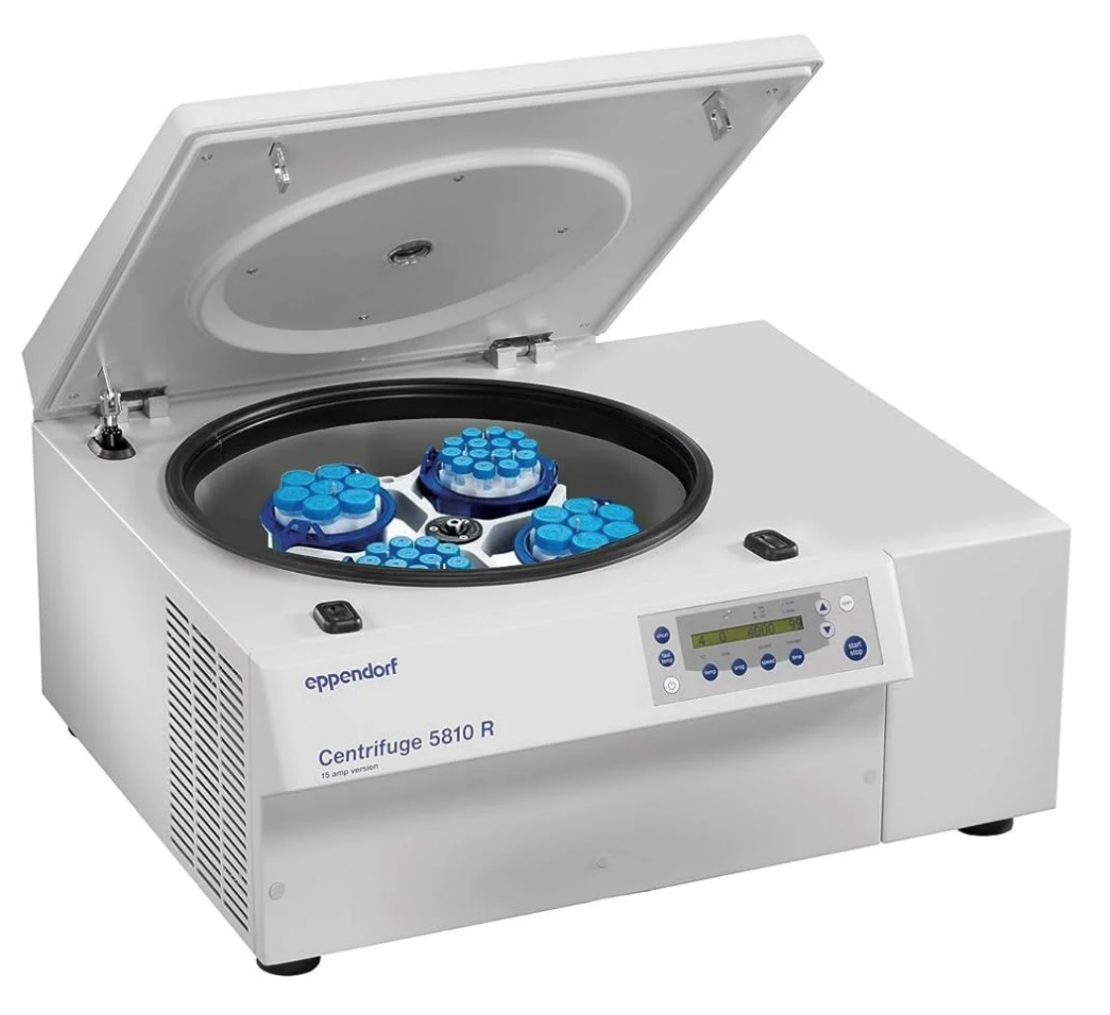
Refrigerated Centrifuge 5810R Eppendorf
The Eppendorf 5810R offers high-performance centrifugation with precise temperature control from -10°C to 40°C, protecting temperature-sensitive samples. Its versatile rotor and wide range of adapters accommodate tubes from 0.2 mL to 250 mL, as well as flasks and PCR plates, making it ideal for diverse applications. With a maximum speed of 15,000 rpm (21,000 x g), it ensures efficient separation while preserving sample integrity.
Data sheet: download
Note: First-time users need instruction.




